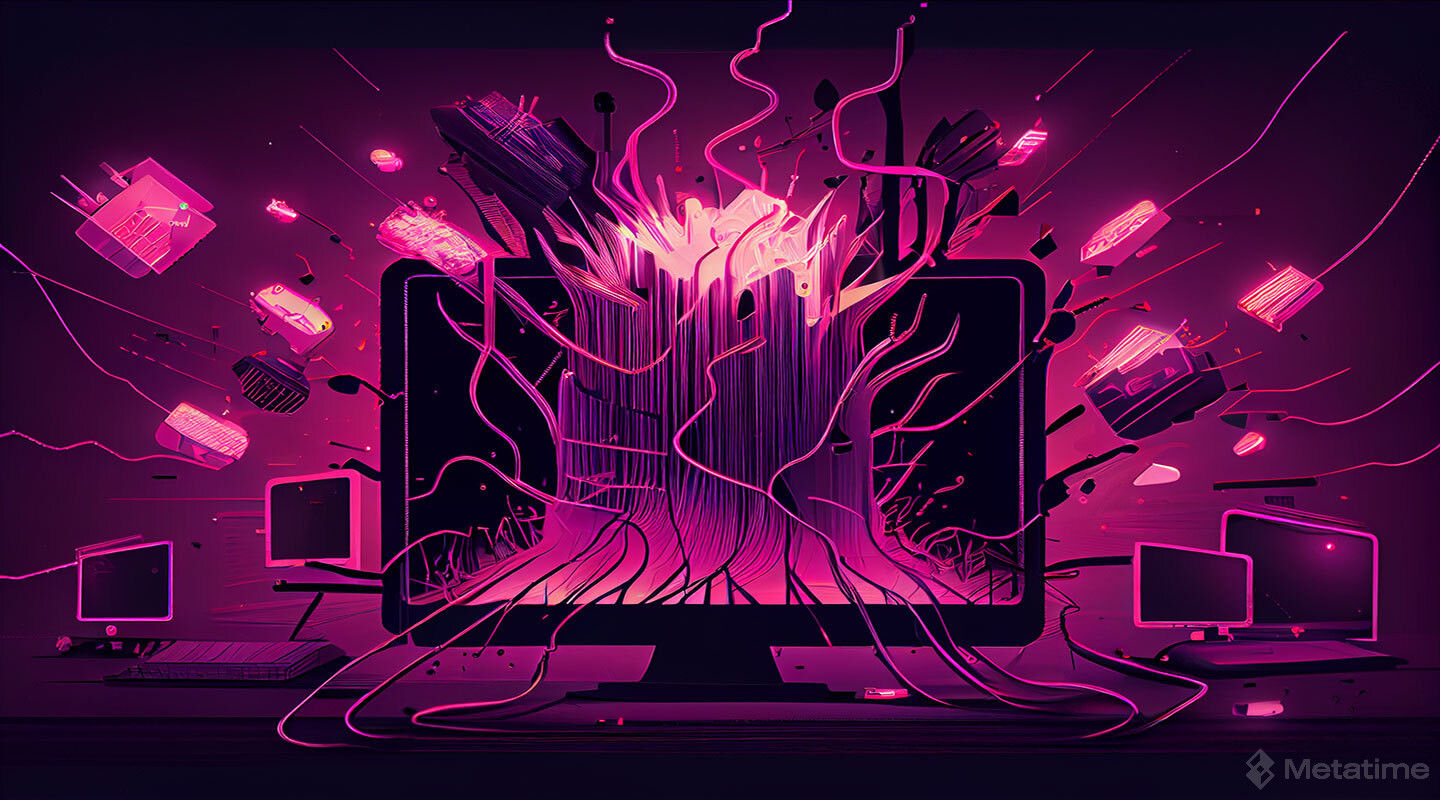DDoS (Distributed Denial of Service) refers to traffic sent from many computers or devices to disrupt or completely stop the functioning of a service. In blockchain, a DDoS attack is a type of attack to disrupt or completely stop the functioning of the blockchain. These attacks can disrupt important functions of the blockchain, such as the verification of transactions and the addition of blocks by miners, and affect the performance of the network.
DDoS attacks can compromise the reliability of blockchain networks, so developers take various measures to increase the resilience of the network and protect it from such attacks. These measures include replicating nodes in different parts of the network, limiting traffic, and various filtering techniques. In addition, users of the blockchain network also need to take their own security measures to prevent attacks.
As a result, DDoS attacks pose a major threat to blockchain technology and are a major issue for the reliability and performance of the network. Therefore, blockchain developers and users should constantly review and update their security measures to protect themselves from attacks.
A DoS attack, a type of cyber attack targeting computers and networks, takes target systems offline by blocking legitimate access. In this type of attack, attackers send continuous online requests to the target server, causing it to overload its bandwidth.
How Does a DDoS Attack Work?
Today, the volume of communication and transactions between businesses and consumers is carried out through digital platforms. However, this leads to a significant increase in DoS attacks.
The main objective of cyber-attacks is the theft of personally identifiable information (PII). Such attacks significantly damage both the reputation and financial resources of companies. Data breaches can be carried out not only against a specific company but against many companies at the same time. In attacks targeting multiple companies, attackers may resort to DoS attacks. With this method, they exploit a software vulnerability in the system and consume the server's CPU or RAM.
If a firewall is implemented, the damage caused by a DoS attack can be compensated. However, another type of attack, the DDoS attack, is not so easy to detect.

As the attacker floods his/her target with unwanted internet traffic, normal traffic is prevented from reaching its intended destination. Globally distributed malware creates a mass of infected devices located around the world. They simultaneously go after targeted websites, networks, web applications, application programming interfaces, or data center infrastructures and attack in a coordinated manner to block traffic. These attacks severely impact the target's functionality and provide cybercriminals with an opportunity for easy profit.
Cyber attackers use malware to hijack computers and send fake requests and spam to target servers and other devices. These attacks, also known as distributed denial-of-service attacks, cause the target server to be overloaded by hundreds or even thousands of fake traffic attacks. This overload prevents the server from functioning properly, and as a result, users are left without service.
Why Are DDoS Attacks Carried Out?
The goal of attackers is to influence the functionality of target websites for financial gain. Therefore, to protect against such attacks, security protocols need to be constantly updated and defense mechanisms optimized. It is also necessary to implement a set of security measures to detect and block cyber-attacks.

Example of a DDoS Attack
An example of a DDoS attack is the "Mirai" attack. The 2016 Mirai attack demonstrated once again how serious a threat DDoS attacks pose. Mirai hijacked many Internet of Things (IoT) devices and used them to perform DoS attacks on many popular websites such as Twitter, Amazon, Spotify, Airbnb, PayPal, and Netflix.
As a result of this attack, many websites with a large amount of traffic were inaccessible for long periods and experienced severe bandwidth overruns. The attack worsened after Mirai's source code was published online, as other malicious actors carried out similar attacks using the Mirai code. This incident shows how important it is to take precautions and protect against DDoS attacks.







